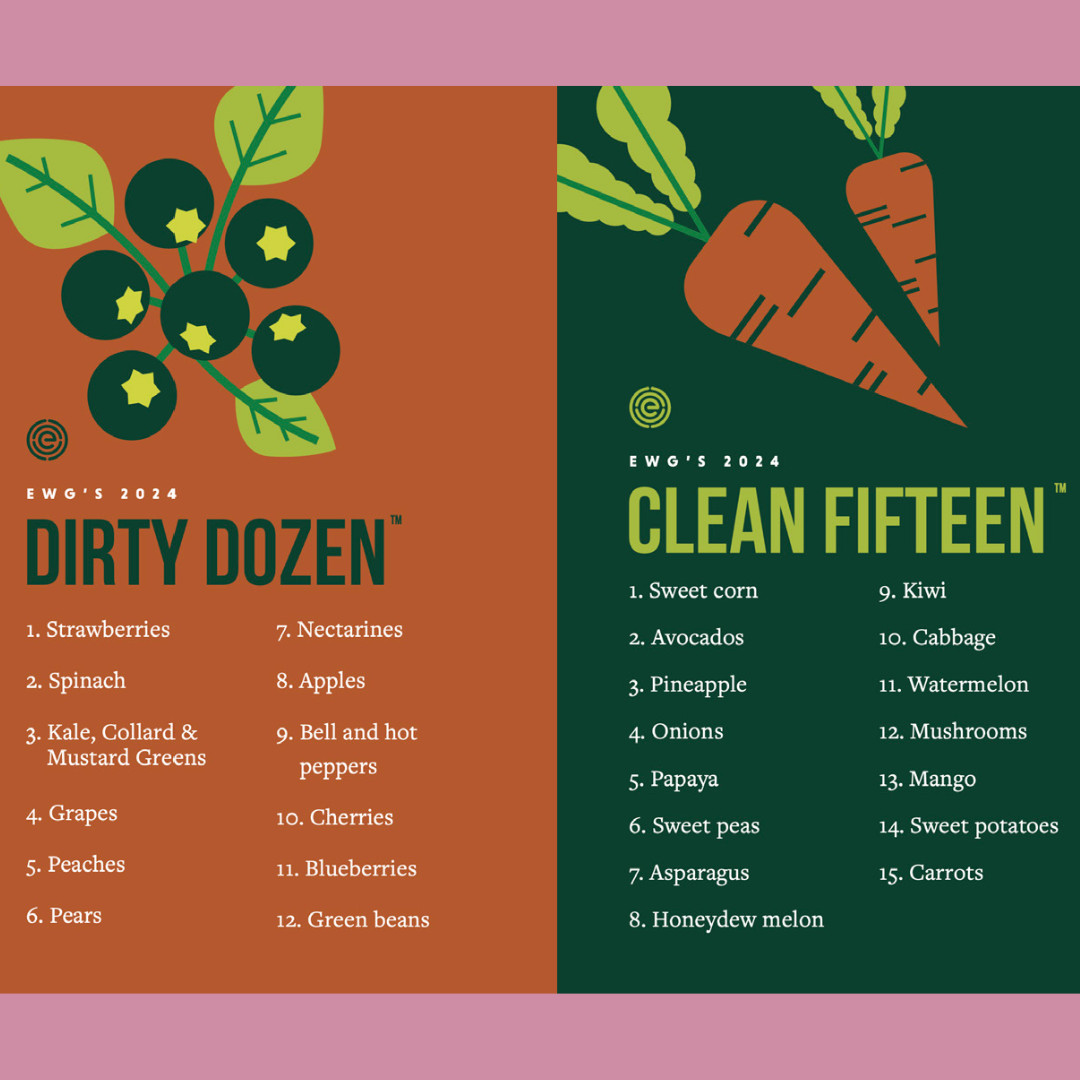PFAS (per- and polyfluoroalkyl substances) are harmful chemicals found in various consumer products. Linked to health issues like cancer, hormonal disruption, and immune system harm, they persist in the environment and accumulate in the human body. Here’s how you can minimize your exposure:
Sources of PFAS Exposure
1. Food Packaging: PFAS are used in food wrappers, microwave popcorn bags, and other packaging to resist grease and water.
2. Non-Stick Cookware: Many non-stick pans and cookware contain PFAS.
3. Stain-Resistant Fabrics: Carpets, upholstery, and clothing treated to resist stains and water may have PFAS.
4. Personal Care Products: Some cosmetics, lotions, and shaving creams include PFAS.
5. Drinking Water: PFAS contamination can occur in water supplies near industrial sites or where firefighting foam is used.
How to Reduce PFAS Exposure
1. Choose PFAS-Free Products: Opt for cookware, food packaging, and personal care items labeled as PFAS-free.
2. Filter Your Water: Use a water filter that can remove PFAS to reduce contamination in your drinking water.
3. Avoid Stain-Resistant Treatments: Select untreated fabrics and avoid items labeled as stain-resistant or water-repellent.
4. Check Cosmetics: Choose brands that do not use PFAS in their products.
5. Stay Informed: Follow reliable sources like the Environmental Working Group (EWG) for updates on PFAS and product recalls.
Why It Matters
Reducing PFAS exposure is essential for long-term health, as these chemicals can lead to severe health issues and persist in the environment. By making informed choices, advocating for safer alternatives, and staying vigilant about potential sources of PFAS, consumers can significantly reduce their exposure and contribute to a healthier future.
For more detailed information, visit the Environmental Working Group’s guide on avoiding PFAS
As we embrace the sunny season, it's crucial to protect our skin from harmful UV rays without compromising our health or the environment. Natural sunscreens, particularly those based on zinc oxide, offer a safe and effective alternative to conventional sunscreens laden with harsh chemicals. These natural options not only provide broad-spectrum protection against both UVA and UVB rays, but they also avoid substances like oxybenzone and octinoxate, which have been linked to skin irritation and hormonal disruptions.
Zinc oxide stands out in the realm of natural sunscreens for its gentle yet powerful properties. It's an excellent choice for individuals with sensitive skin or conditions such as rosacea, thanks to its anti-inflammatory qualities. Moreover, zinc oxide sunscreens are immediately effective upon application, long-lasting, and water-resistant, making them ideal for various outdoor activities.
In choosing the right natural sunscreen, it's important to look for one that offers broad-spectrum protection, has an SPF of at least 30, and contains simple, natural ingredients without added fragrances or chemicals. For those who prefer a hands-on approach, making your own natural sunscreen can be a rewarding DIY project. Ultimately, selecting a natural sunscreen not only safeguards your skin but also contributes to a healthier planet, promoting a safer and more sustainable way to enjoy the sunshine.
Read more...Food additives are substances added to food to enhance flavor, appearance, or shelf life. While some are harmless, others pose significant health risks. Here’s how you can protect yourself and your family from harmful food additives:
Common Harmful Food Additives
1. Artificial Colors: Linked to hyperactivity in children and potential carcinogens.
2. Artificial Sweeteners: Some are associated with metabolic issues and increased risk of certain cancers.
3. Preservatives: Such as BHA and BHT, which may disrupt hormones and promote cancer.
4. Flavor Enhancers: Monosodium glutamate (MSG) can cause headaches and other adverse reactions in sensitive individuals.
5. Trans Fats: Found in partially hydrogenated oils, these increase the risk of heart disease.
Steps to Reduce Exposure
1. Read Labels Carefully: Look for and avoid products containing harmful additives.
2. Choose Whole Foods: Opt for fresh, unprocessed foods that are free from artificial additives.
3. Cook at Home: Preparing meals at home allows you to control the ingredients and avoid additives.
4. Select Organic Products: Organic foods are less likely to contain synthetic additives and preservatives.
5. Stay Informed: Keep up-to-date with information from reliable sources like the Environmental Working Group (EWG) on food safety and additives.
Why It Matters
Reducing exposure to harmful food additives is crucial for long-term health. By making informed dietary choices, you can lower the risk of chronic diseases and promote overall wellbeing.
For more detailed information, visit the Environmental Working Group’s guide on food chemicals

In today's world, the omnipresent exposure to pesticides and toxins has become a significant health concern, with impacts ranging from endocrine disruption, which can affect growth and reproduction, to neurological effects, including the potential for development of neurodegenerative diseases like Parkinson’s and Alzheimer’s. These substances are also linked to an increased risk of various cancers and have been found to suppress the immune system, making individuals more susceptible to infections and illnesses. As these toxins can enter the body through different channels, including food consumption and air inhalation, understanding their health implications is crucial for overall well-being.
To combat these risks, adopting strategic measures to reduce pesticide exposure is essential. The Environmental Working Group (EWG) offers valuable resources like the "Dirty Dozen" and "Clean Fifteen" lists, guiding consumers towards fruits and vegetables with the lowest pesticide residues. Additionally, employing simple practices such as washing and peeling produce, using natural alternatives to chemical herbicides in gardens, and reducing indoor pesticide exposure through methods like implementing a no-shoes policy and using HEPA filters can significantly minimize toxin intake.
Beyond these preventative steps, certain food preparation techniques and supplementation with natural toxin binders can aid in reducing the body's pesticide load. Opting for non-GMO and organic foods further diminishes exposure to harmful chemicals. By integrating these strategies into daily life, individuals can proactively safeguard their health against the adverse effects of pesticides and toxins, fostering a healthier living environment.
In today's world, the omnipresent exposure to pesticides and toxins has become a significant health concern, with impacts ranging from endocrine disruption, which can affect growth and reproduction, to neurological effects, including the potential for development of neurodegenerative diseases like Parkinson’s and Alzheimer’s. These substances are also linked to an increased risk of various cancers and have been found to suppress the immune system, making individuals more susceptible to infections and illnesses. As these toxins can enter the body through different channels, including food consumption and air inhalation, understanding their health implications is crucial for overall well-being.
To combat these risks, adopting strategic measures to reduce pesticide exposure is essential. The Environmental Working Group (EWG) offers valuable resources like the "Dirty Dozen" and "Clean Fifteen" lists, guiding consumers towards fruits and vegetables with the lowest pesticide residues. Additionally, employing simple practices such as washing and peeling produce, using natural alternatives to chemical herbicides in gardens, and reducing indoor pesticide exposure through methods like implementing a no-shoes policy and using HEPA filters can significantly minimize toxin intake.
Beyond these preventative steps, certain food preparation techniques and supplementation with natural toxin binders can aid in reducing the body's pesticide load. Opting for non-GMO and organic foods further diminishes exposure to harmful chemicals. By integrating these strategies into daily life, individuals can proactively safeguard their health against the adverse effects of pesticides and toxins, fostering a healthier living environment.
Dirty Dozen (2024):
1. Strawberries
2. Spinach
3. Kale, collard & mustard greens
4. Grapes
5. Peaches
6. Pears
7. Nectarines
8. Apples
9. Bell & hot peppers
10. Cherries
11. Blueberries
12. Green beans
Clean Fifteen (2024):
1. Avocados
2. Sweet corn*
3. Pineapples
4. Onions
5. Papaya*
6. Sweet peas (frozen)
7. Asparagus
8. Honeydew melon
9. Kiwi
10. Cabbage
11. Watermelon
12. Mushrooms
13. Mangoes
14. Sweet potatoes
15. Carrots
*Note: Some sweet corn, papaya, and summer squash are genetically modified. Choose organic to avoid GMOs.
For more details, visit the EWG's 2024 Shopper's Guide to Pesticides in Produce




